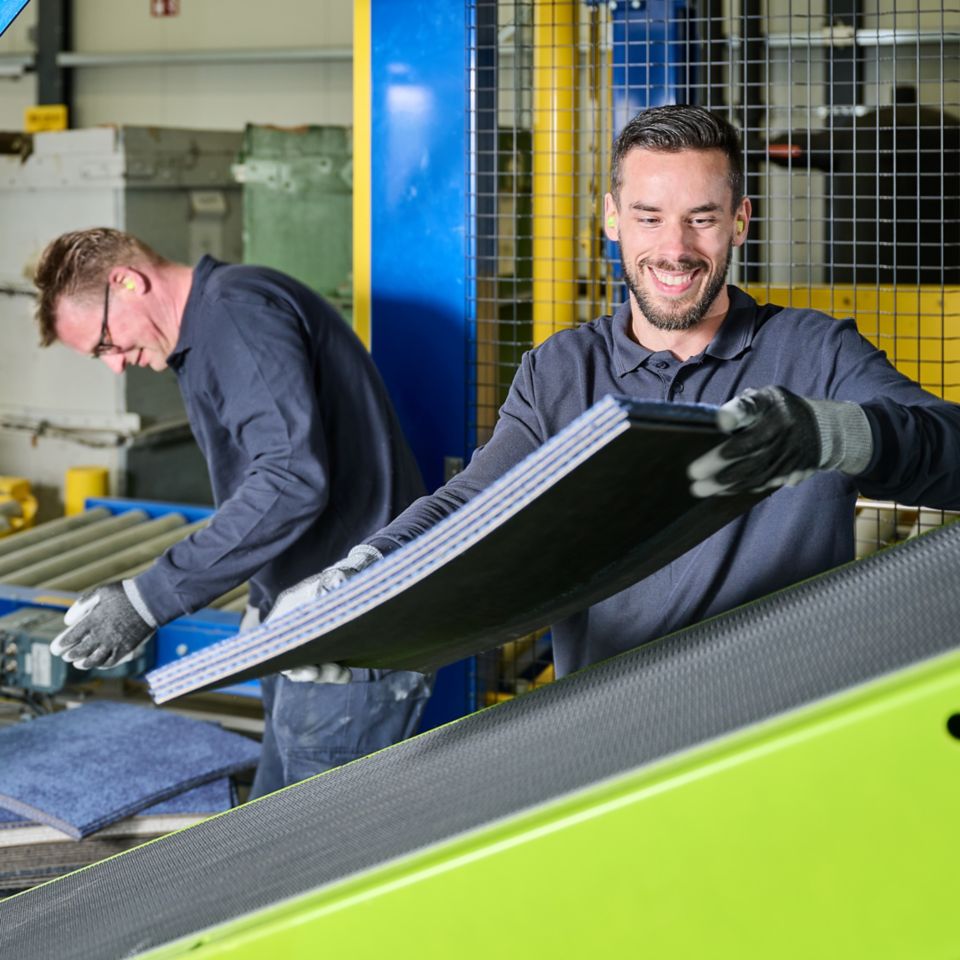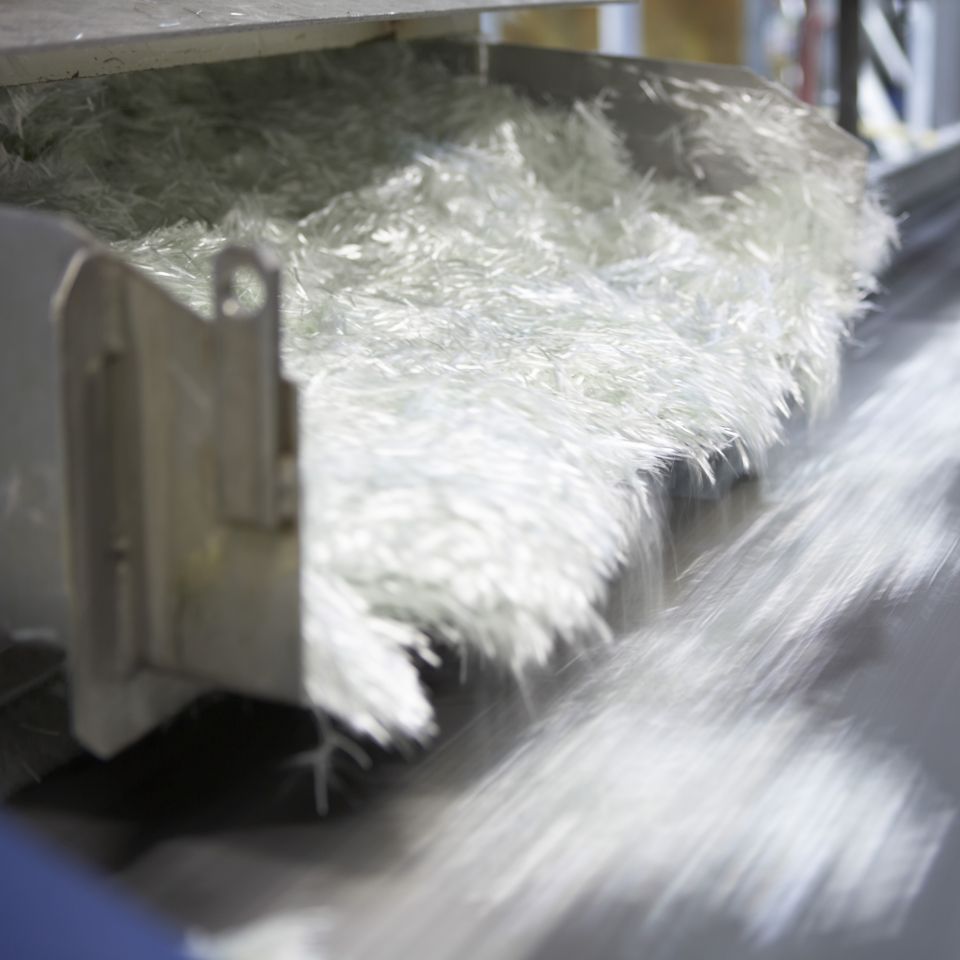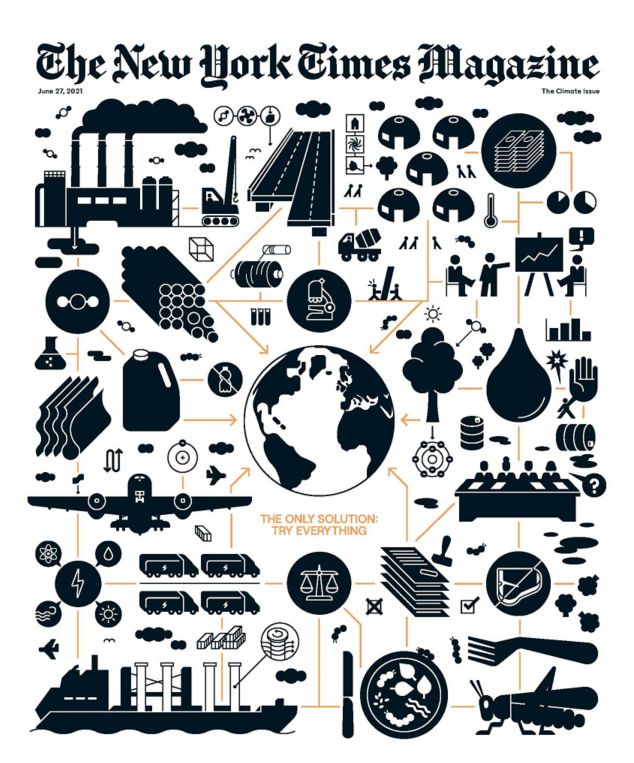Select a Location
It’s flooring—and then some. Made for More.
CARBON'S NOT JUST
THE PROBLEM



IT'S ALSO THE solution
The good news? We can fix it. By storing carbon in products so it doesn’t enter the atmosphere, we are doing our part to help solve the climate crisis.
That’s why we created the first-ever carbon negative carpet tile in 2020 – and why we’ll be carbon negative by 2040.

Less carbon in the air.
More stored in our products.
When a product stores more carbon than its creation emits, the product is carbon negative.
At Interface, we store carbon in our products by replacing higher footprint raw materials with low-carbon and carbon-storing alternatives.
RECYCLED CONTENT
We repurpose waste material to keep carbon locked away for longer. More recycled content means fewer virgin materials. And less carbon released into the atmosphere.

BIO-BASED MATERIALS
All living things store carbon. But when they die, the carbon they store is released. We use bio-based content in our products. So the carbon in those materials doesn’t re-enter the atmosphere.

CAPTURED CARBON
It’s now possible to capture carbon emissions created from chemical manufacturing processes so they don’t go in the atmosphere.
Before being released into the air, these types of carbon emissions are captured, purified, and reintegrated into a raw material that we’ve used for many years to make our carpet tiles.


OUR CARBON NEGATIVE BACKINGS
Our CQuest™ backings enable us to manufacture carpet tiles with a negative footprint from cradle to gate.
First, we replaced virgin materials in our backings with new bio-based materials and more recycled content. Then, we measured how these materials influence the carbon footprint. These new bio-based materials, measured on their own, are net carbon negative – reducing our carbon footprint – and result in carbon negative backings.
OUR CARBON
NEGATIVE
PRODUCTS
We’re not just stopping at backings! Take our CQuestBioX backing, add the right yarns and tufting processes, and what do you get? A carbon negative carpet tile.



CREATING CARBON
NEGATIVE RUBBER
Carbon negative carpet tile was just the beginning. We’ve applied our learnings and substituted bio-based and carbon-storing raw materials for higher footprint materials in our nora® rubber manufacturing – for an industry-first carbon negative rubber flooring prototype.






